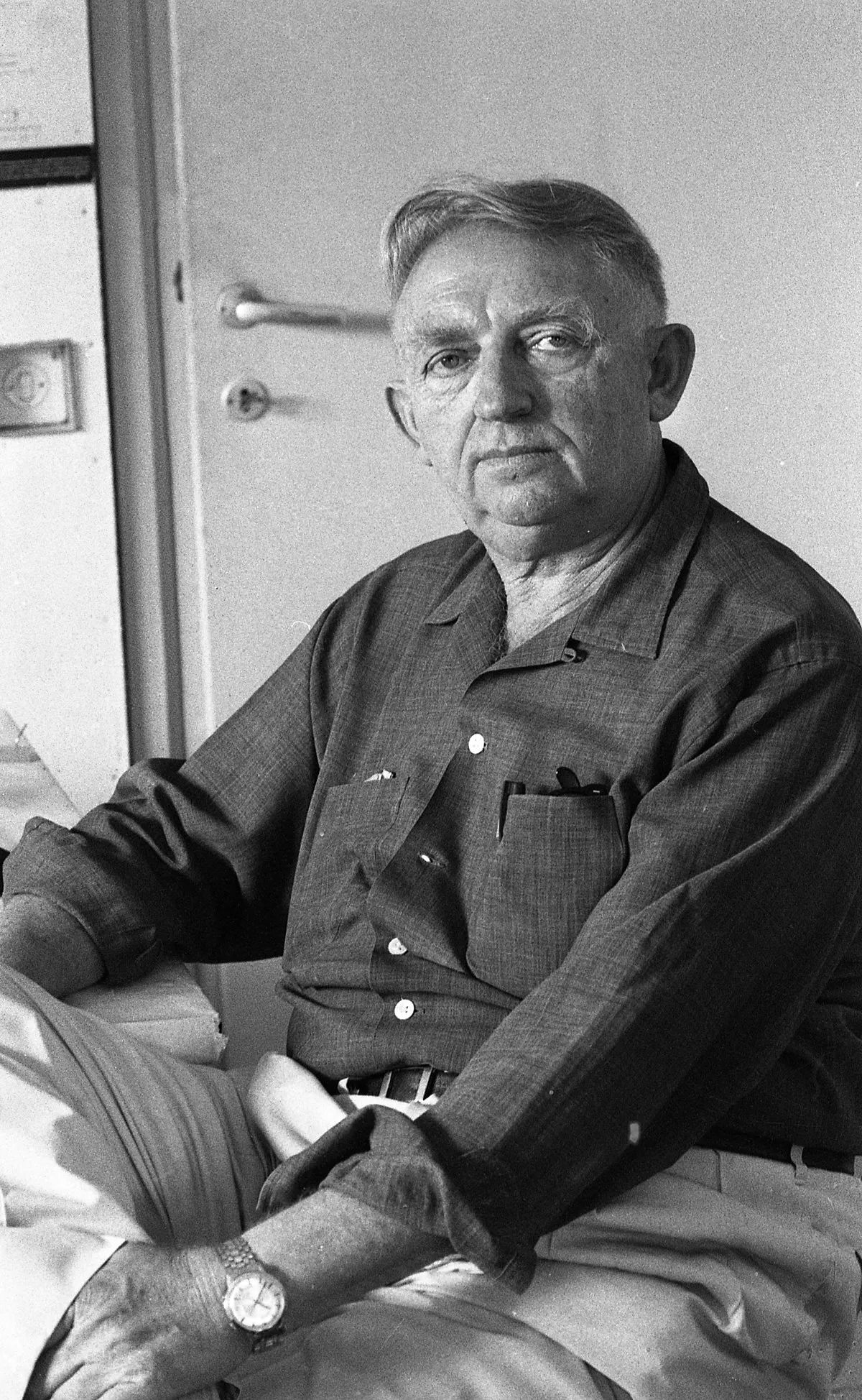 1.
1. Arieh Sharon was an Israeli architect and winner of the Israel Prize for Architecture in 1962.

 1.
1. Arieh Sharon was an Israeli architect and winner of the Israel Prize for Architecture in 1962.
Arieh Sharon studied at the Bauhaus in Dessau under Walter Gropius and Hannes Meyer and on his return to Israel in 1931, started building in the International Style, better known locally as the Bauhaus style of Tel Aviv.
Arieh Sharon built private houses, cinemas and in 1937 his first hospital, a field in which he specialized in his later career, planning and constructing many of the country's largest medical centers.
Arieh Sharon is the father of Eldar Sharon and the grandfather of Arad Sharon.
Arieh Sharon joined Kvutzat Gan Shmuel in 1921 which evolved into a kibbutz, working as a beekeeper, and later, taking charge of planning and constructing simple farm buildings, cow-sheds and dwelling units.
Arieh Sharon studied under Josef Albers, whose teachings were based on letting the student experience different materials, trying them out, and making experiments.
In 1931, Arieh Sharon returned to Palestine and opened his architectural office in Tel Aviv, while Gunta Stolzl emigrated to Switzerland with their daughter, Yael.
Arieh Sharon began building simple structures in the kibbutzim, above all community buildings and schools, which were constructed from local materials, like sand, bricks and limestone.
Arieh Sharon designed a great number of outline plans for existing collective settlements and their extensions as well as general layouts for new agricultural settlements, and school communities.
Arieh Sharon's plan led to the creation of development towns for example: Beit She'an, Kiryat Gat, and Upper Nazareth.
Arieh Sharon returned to his private practice in 1954, and set up a partnership with the architect Benjamin Idelson.
Arieh Sharon could have been a driving force in the old-new land's adventure, even without being a leader and an architect; or could have been simply a key-figure in the profession, as he was after the 1948 War of Independence in Ben Gurion's technical office, and later as president of the Association of Engineers and Architects; or, again, he could have been strictly an artist in his own right.